As responsible travelers evolve, so do the stories we share.
This article is part of our living archive — trusted content we continue to care for.
First published on June 7, 2022 • Last updated on June 7, 2022.
Earlier this year, the birding world was shocked to learn that the Refugio Paz de Las Aves near Mindo, Ecuador is in danger of losing its land. That news spurred many of us to find ways to contribute to the campaign to save the reserve and the birds that live there.
Enter Tim Marlow, Founder and Principal Ecologist of Rainsbrook Ecology and dedicated birdwatcher. An avid supporter of the Paz family and their ecotourism project, Tim wanted to do more than donate. He wants to help spread the news.
We hope you enjoy his article about the Giant Antpitta and share it widely among your friends and family. FYI – Tim is British. Therefore, we have retained British English spelling & grammar to better reflect his writing voice.
The Giant Antpitta
by Tim Marlow
Refugio Pas de las Aves is the best-known locality in the world for the apparently very rare Giant Antpitta. The forest the birds depend on is part of a wider block in the Mindo area that is critical. This forest has become the flagship for ecotourism in Ecuador. Refugio Paz de las Aves is one of, if not the most-famous locations within it and simply must be protected.

One of the rarer species is the Giant Antpitta (Grallaria gigantea) which occurs in Colombia, with few recent records, and Ecuador, where it was seldom recorded prior to 1991 when Paul Greenfield heard what he suspected to be this species along the old road from Tandayapa to Mindo. Following Greenfield’s breakthrough, once the vocalisations of Giant Antpitta were known and recorded, it was established that the species occurred sparingly in the cloud-forests around the small town of Mindo, Ecuador which lies at around 1500 metres on the west slope of the Andes, to the north-west of Quito. Whilst records of the race gigantea remained extremely unusual, those of the western form hlyodroma became a little more regular in the wider Mindo area.

Sightings from the Mindo area have established that the bird’s diet included large worms and that they would even occasionally break cover to forage for them on the edges of pasture adjacent to the forest edge. Angel succeeded and the first habituated bird, Maria, became what must be one of the most famous and widely appreciated wild birds in history.
Since then, several generations of Giant Antpittas have been habituated by Angel on land owned by his family, now known as Refugio Paz de las Aves. Formerly classified as Endangered by BirdLife, the species is now listed as Vulnerable. It is nonetheless the case that records of Giant Antpitta away from the Mindo area, indeed away from Refugio Paz de las Aves, are few and far between and the total global population is estimated to be between 600-1700 individuals.
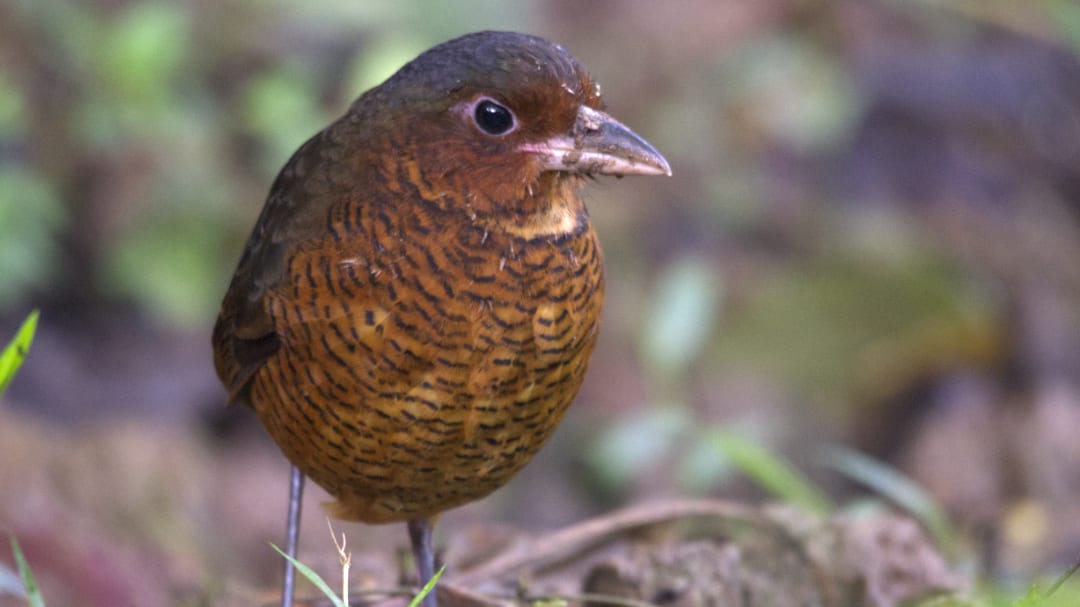
Another project that stemmed from discussions on that trip was the establishment of the Neotropical Bird Club and we published in the club’s journal Cotinga in 1996. Though the review was only possible with the generous co-operation of notable Neotropical ornithologists, I did have the idea of collating information on threatened species and endemics to highlight the conservation significance of Mindo and the wider area. There is one race of another antpitta species, the Ochre-breasted, named for the town, and a number of birds occurring around Mindo that are endemic to the Chocó, a belt of ‘super-wet’ rainforest extending from north-west Ecuador through Colombia, eventually connecting to the Darién. Species not then known from the immediate environs of the village, but which could plausibly occur at lower elevations were also discussed and many have subsequently been found in the wider area.
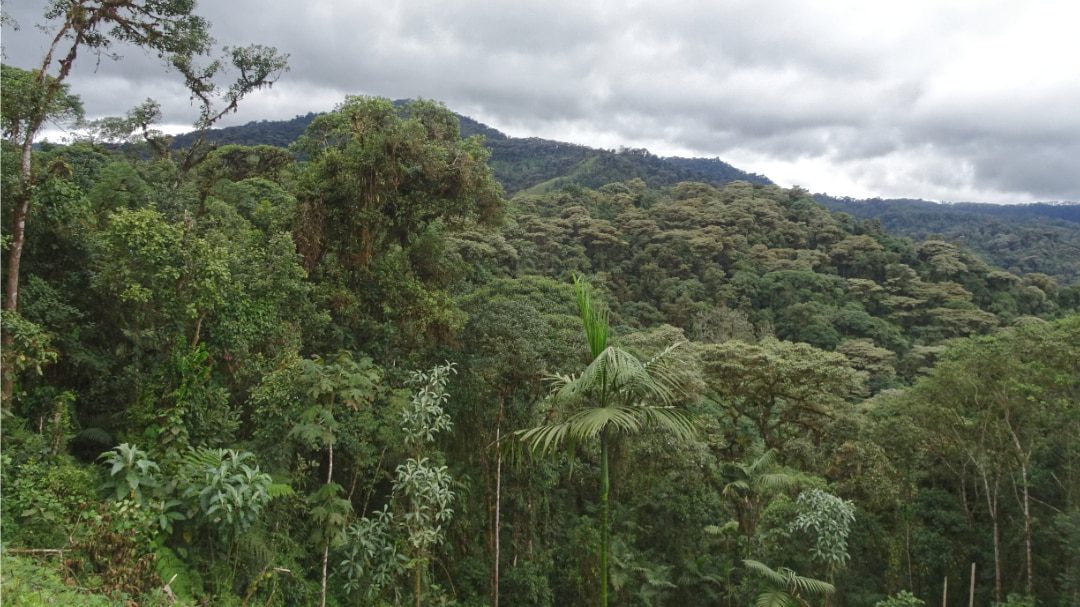
I returned in 2016 and finally got to see Giant Antpitta at Refugio Paz de las Aves. I was absolutely thrilled to see the forest there and in the wider Mindo area. It is likely clearance would have occurred widely were it not for the fact that these forests support the local economy through tourism.



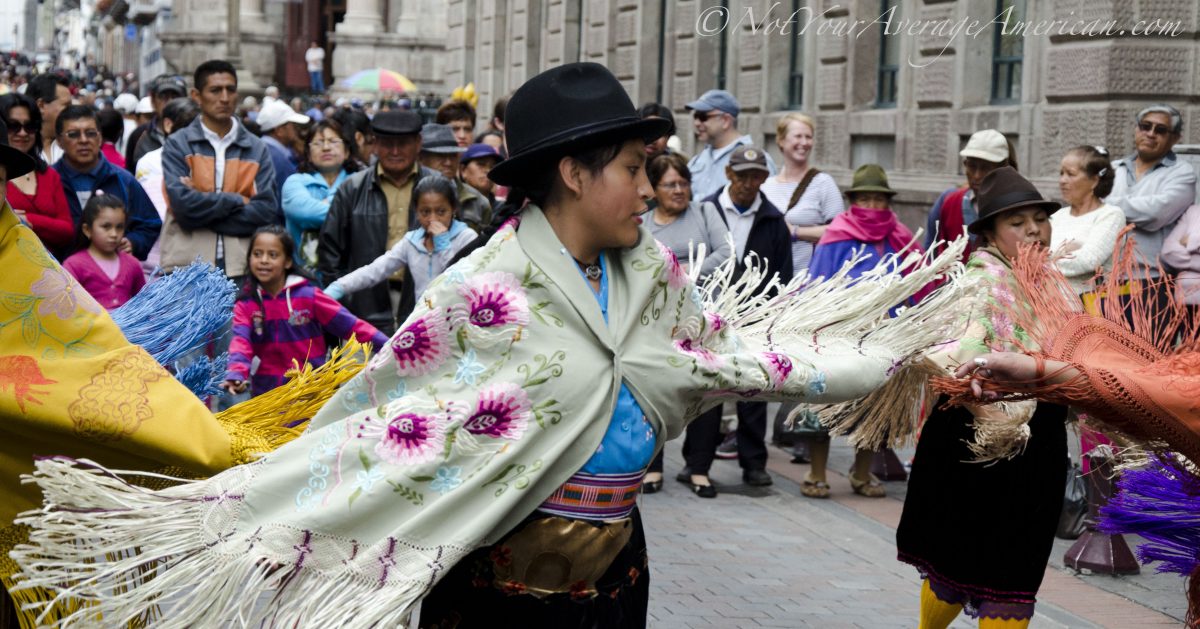

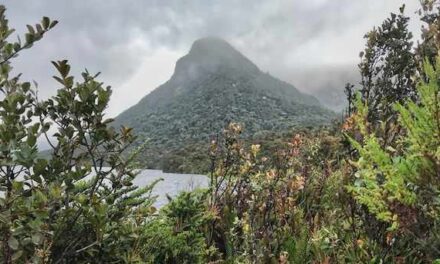
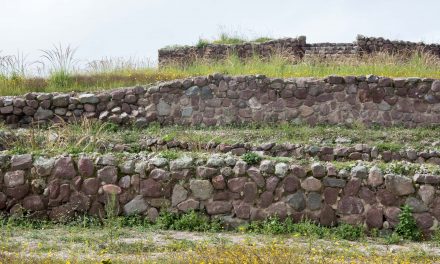

















Whoo-whoo-whoo-whoo-whoo! Congratulations – what a lovely moment – People helping people! July 18/2022
I wish there was a way to like comments on my website! Whoo-whoo is right!!!
Great story that showcases that lovely refugio and the beautiful Paz family that serves as guardians of the antpittas and the forest and more.
Thank you for the update via the GoFundMe page, which linked to this and the Esto si es Ecuador Radio program page, etc.
With your permission I will pass along your words from the GoFundMe on my blog – as if it reaches just two possible benefactors of five or ten or 100 or more, the networking is indeed heart-warming!
Lisa, I am always happy when you and others are willing to share the news. Thank you in advance for helping spread the word!
Angie: Just found this site and enjoyed reading about the birds, Have been to Ecuador, some great memories and also a bad one (Guacho war). The mention of KU in Kansas which I graduated from was interesting. Prbably abit before your time but I enjoyed in my rather diverse group a few compadres from So America. Long after I left a very distinguished South American attended KU, graduated and returned to So America, I think to Ecuador to become President. As a lot of the Country maybe most is influenced by political/economic power circles it must be hard to do what you do. Remember a dinner in a hotel in Quito with a local businessman. He had come to the states for college and was serving in the US army when his father died and he left to return to Quito to run the family business. Thought it only fair that the laborers in his factory should get more than a couple of dollars a day. The economic power bloc running the country, about 10 guys, all at a meeting in the hotel while I was having dinner in the dinning room across the hall. His car had blown up that week, they had set fire to his house, Jose had no idea how much longer he would be alive. So my stories of Equador are a bit different than yours. I do remember the drives through the countryside, visiting a villa in the countryside, Shopping in Quito and buying
a blanket with a Llama on it – white on one side and Brown on the other. It’s over 60 years old today. Keep up the good work.